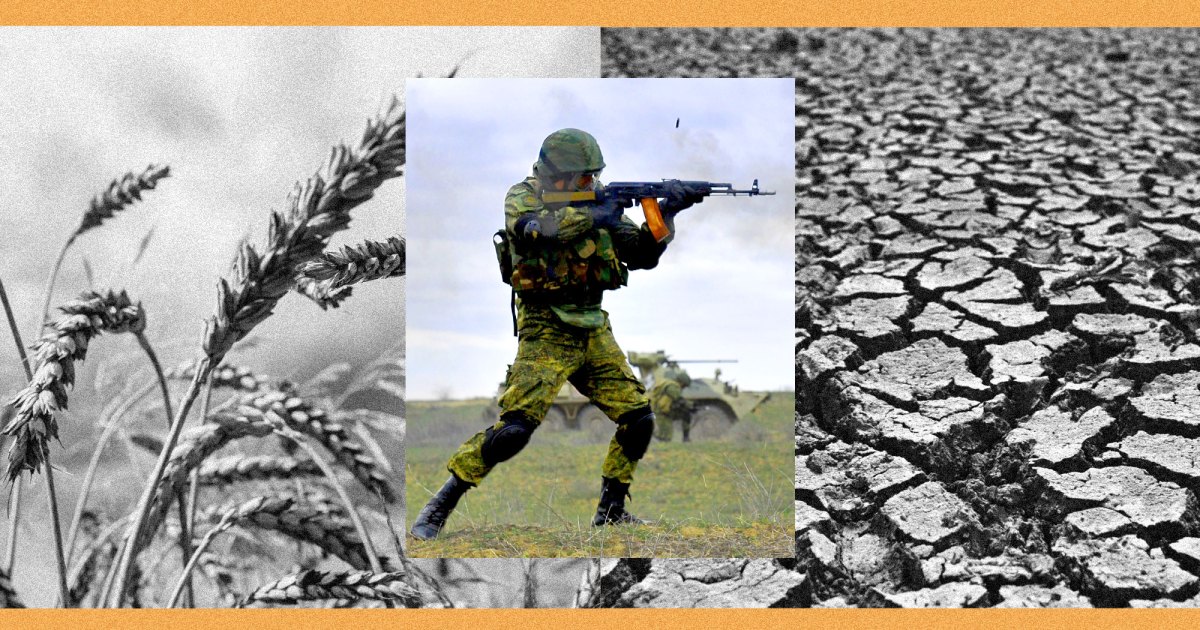Back in February, #Russia invaded #Ukraine, turning #Europe’s main wheat-growing region—a key source of grain and cooking oil for the #MiddleEast and #Africa—into a war zone. Global food prices had already been rising steadily for a year, pushed up by supply chain snarls brought on by the #coronavirus #pandemic. The war sent them soaring anew, to the highest levels since 1961, when the United Nations began tracking. On top of this, global public-health authorities warn that weather extremes related to #climatechange are wilting crops and shrinking harvests in alarming ways—setting the stage for what could be the worst #hunger #crisis in generations.
At a meeting of the United Nations on May 18, Secretary-General António Guterres reported that the number of “severely food insecure people” had doubled in just two years, from 135 million before the pandemic to 276 million today, “with more than half a million experiencing #famine conditions—an increase of more than 500 per cent since 2016.” At the same meeting, David Beasley, executive director of the World Food Program, added that without an immediate reduction in the price of food and other necessities like energy, which is also soaring, the number of people experiencing famine could soon balloon to 49 million in 43 countries, a scale of misery not seen since #China’s Great Leap Forward Famine of 1949-’51.
https://www.motherjones.com/food/2022/06/russia-war-global-hunger-crisis-united-nations-wheat-shortage-climate-change/ #war #un #usa #india #imf #argiculture

There are no comments yet.